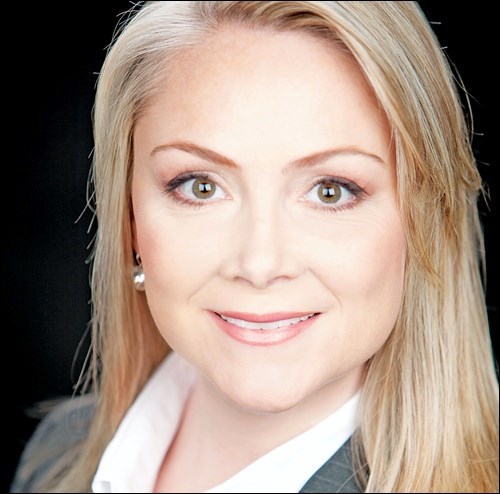If you currently have a fairly large variable-rate mortgage on your home, it’s probably set at a very low rate, which makes your monthly payments affordable. But with interest rates apparently ready to rise, is now is the time to lock in today’s low rate?
Five-year variable-rate mortgages are currently at around 1.94 per cent at the low end, while the best fixed rates are around 2.43 per cent. These are historically low rates and have been around this level for the past five years. Low rates have certainly stimulated a boom in residential real estate and enticed a lot of people into the market who feel that they can take on a huge mortgage simply because they can handle the monthly payment.
For example, the monthly payment on a five-year $500,000 variable rate mortgage at 1.94 per cent with a 25-year amortization is $2,103. That’s pretty much what you’ll pay in monthly rent for a tiny apartment in downtown Toronto. An increase in the rate to 3 per cent would bump the monthly payment to over $2,300. For many young couples, perhaps starting a family, this would be pushing the edge of the envelope for debt-service ratio, assuming that their combined annual total gross income is $100,000. Anything less than that, and they would be financially stretched.
It certainly appears that rates are poised to rise within the next 12 months, with some analysts predicting a hike as early as this fall. The U.S. Federal Reserve Board indicated last week that economic growth is back on track after a dismal first quarter, that jobs growth remains strong, and that inflation will move towards the Fed’s 2 per cent target in the medium term. All that adds up to a pretty clear signal that a rate hike will occur in the not too distant future. That is bound to affect rates in Canada as well. So in this case, it would make a lot of sense to lock in to a fixed-rate mortgage at this point, provided the new monthly payments don’t put you into a financial bind.
In the case of those looking to refinance a fixed-rate mortgage that carries a higher interest rate than those currently offered, the decision is more complex. There are a number of things to keep in mind, before making this move.
Remember that if you want to get out of a fixed-rate mortgage, you will very likely pay a penalty for paying off your current mortgage before term, usually a straight three months’ interest. Some lenders might also charge the “interest rate differential” penalty (IRD), which is basically difference between your original mortgage rate and the rate that the lender can charge today on lending the funds out again. Refinancing a variable-rate mortgage incurs a straight three-month interest penalty.
There are also legal fees involved with refinancing, because any change in real estate financing must be registered on the title to your property, which must be done by a lawyer. For larger mortgages, the lender may often absorb the legal costs, but this depends on the lender and whether you have a good previous relationship.
To determine whether a refinancing makes sense for you, you’ll have to compare whether the interest payments you save by refinancing are greater than the combined penalties and fees you’ll pay for a mortgage of the same term. If you have only a short time left on the term of your mortgage, it probably doesn’t make sense. If you have a longer-term mortgage, look at a difference in rates between your current mortgage and your proposed refinancing. A difference of more than one percentage point over, say, a 10-year term may be worth the effort, depending on the size of your principal.
If you’re in doubt about whether a refinancing makes sense for you, check with your financial advisor. They’ll be able to make the calculations accurately, and let you know whether the move would be financially beneficial.
Courtesy Fundata Canada Inc. © 2015. Robyn Thompson, CFP, CIM, FCSI, is president of Castlemark Wealth Management. This article is not intended as personalized advice.



